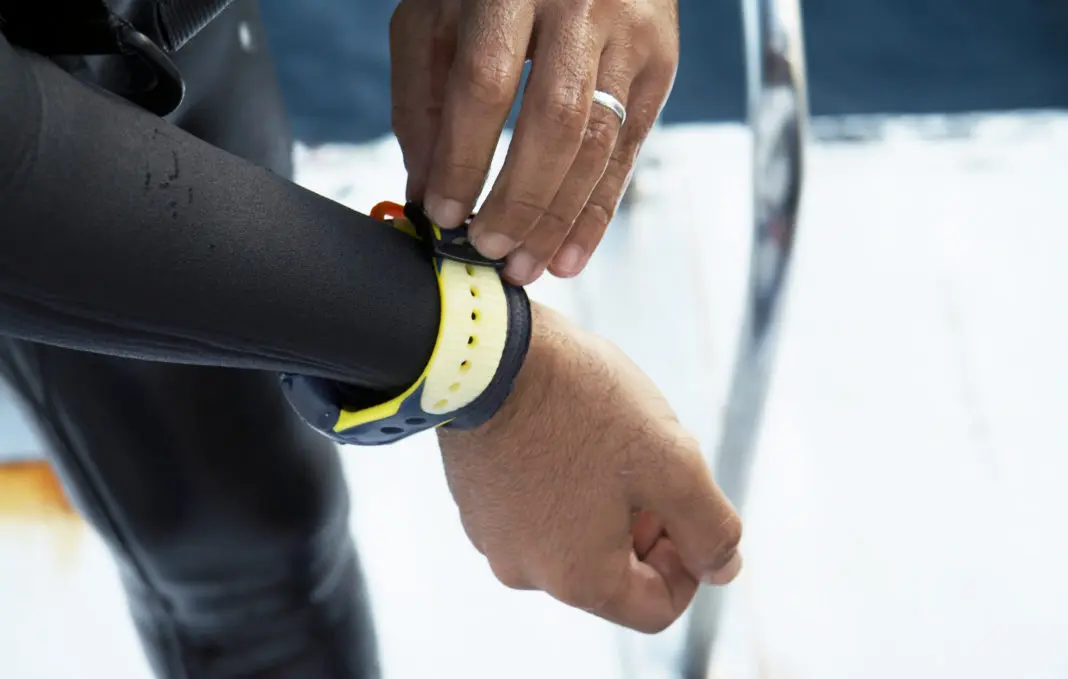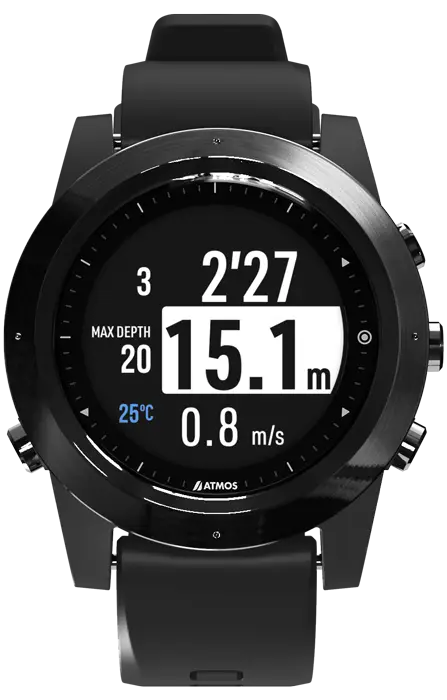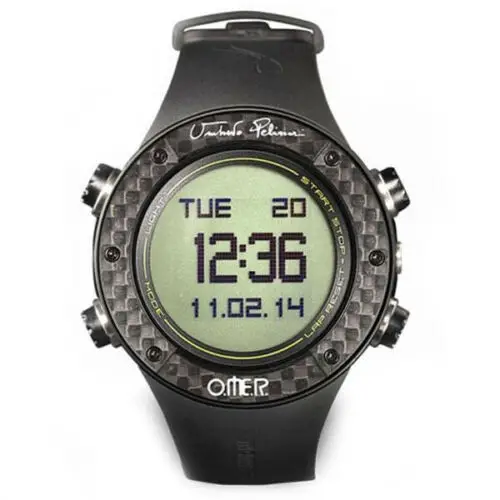An important piece of equipment in a freediver’s equipment bag is a dive computer. They are invaluable for keeping track of depth, surface interval times, calculating dive time and speed, and having an alarm for freefall. Some freedivers purchase one for themselves in the beginning of their freediving journey, while others wait until freediving becomes more of a regular hobby than an occasional pastime.
Dive computers also come with a hefty price tag, which means you want to choose the one that is right for you from the start, since you can use the same one for many years. Here are the top freediving computers of 2020 that you should keep in mind.
Garmin Descent Mk1
This sports watch from Garmin is one of the most expensive scuba/freediving computers out there, but for good reason: almost everything you want in a dive computer (and more) comes in the Garmin Descent Mk1.
This watch is meant to be worn every day as a smart/sports watch, which means that it is a very stylish and marvelous piece of equipment. The Descent Mk1 boasts of an attractive 1.2″ color display, a rechargeable battery, current and maximum depth, water temperature, multiple sound and/or vibration depth notifications, surface interval time and alerts, a pool mode for dynamic training, and a 3-axis compass. It also has surface GPS, Bluetooth connectivity to connect to the Garmin Connect app, is Wi-Fi enabled, and has ANT+ support for notifications with your smartphone.
The Descent Mk1 even has a heart rate monitor, which records data during your dives as well as when you are doing other recreational activities like running, cycling, swimming, skiing, or indoor workouts. There are also tons of apps and widgets to download in the ConnectIQ app store, which makes this all-in-one dive computer every freediver’s dream.
 Garmin Descent Mk1, Watch-Sized Dive Computer with Surface GPS, Includes Fitness Features, Silver/Black
Garmin Descent Mk1, Watch-Sized Dive Computer with Surface GPS, Includes Fitness Features, Silver/Black
Atmos Mission One
The Atmos Mission One is a rechargeable scuba/freediving computer with a high-resolution 1.2″ color display and a very sleek exterior, making it stylish enough for everyday wear. It offers a digital compass and a GPS for reasonably less than its competitors, along with saltwater and freshwater modes, vibration and/or sound alarms, a backlight activated by wrist movement, nearby dive sites logged by other users, and it can receive notifications from iOS smartphones.
The Mission One also includes the standard current depth, maximum depth, dive time, water temperature, surface time, etc, but also has the added bonus of vibrating when the minimum surface level time has been reached. Atmos’ dive computer contains an impressive amount of bells and whistles for a very reasonable price.
Suunto D4i Novo/D4f
A popular choice of dive computers between freedivers from Suunto is the D4i Novo and the D4f. Both are non-rechargeable and have exactly the same features for freediving, but the D4f is strictly a freediving computer while the D4i Novo includes recreational scuba dive modes. The D4f is also a bit lighter and has an elastomer strap while the D4i uses a silicone strap, and both come in an assortment of bright colors.
Both of these computers display current depth, maximum depth, dive time, water temperature, number of dives, and surface time on an easy-to-read screen. You can activate a backlight with the press of a button and can set up to 5 sound-only depth notifications for your dives. The logbook on both of these devices holds up to 999 dives, and you can view your dive profile directly on the computer itself. If you are looking for a dive computer strictly for freediving, then the D4f is enough, but if you also participate in recreational scuba, consider the D4i Novo.
Omer UP-X1 / UP-X1R
The Omer UP-X1 and UP-X1R are freediving-specific dive computers created by Umberto Pelizzari. The only difference between both dive computers is that the UP-X1 is not rechargeable and the UP-X1R is rechargeable.
This dive computer can be worn daily and comes fitted with a stylish carbon fiber ring. Along with the standard dive computer display of dive depth, dive time, and water temperature, the Omer UP-X1/UP-X1R also comes with a heart rate monitor on a chest strap. This HRM automatically stores and displays your heart rate information, even during your deep dives, and can also be used for running, swimming, and cycling. It is also customizable with personal data that indicates energy consumption and has both saltwater and freshwater diving options.
Suunto D5
The Suunto D5 is a rechargeable freediving/recreational scuba diving computer with a vibrant 1.2″ color display and is customizable with multiple colorful watch straps. It looks great on a wetsuit or on your wrist in normal life and has an impressively intuitive menu. Featuring all of Suunto’s standard dive information and extensive logbook, it also includes a compass and both vibration and sound alarms. It also comes with a USB cable to connect the watch via computer to use Suunto’s DM5 software, or you can connect it to your phone via Bluetooth and view dives through Suunto’s app.
Suunto Zoop Novo
Suunto’s Zoop Novo may not be a watch that you would wear everyday, but it is budget-friendly and very useful for both recreational scuba diving and freediving. Its large screen has a clear display that shows depth, time, maximum depth, dive time, number of dives, water temperature, surface interval time, and has an extensive logbook where you can view your dive profile. It also has up to 5 audible depth notifications, which comes in handy for knowing when to freefall.
SUUNTO Zoop Novo Dive Computer Wrist WatchWhat’s your favorite freediving computer? Let us know in the comments below.





